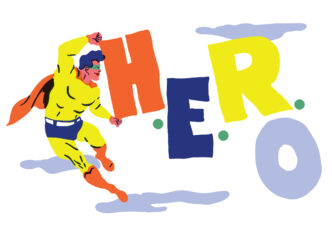

What you'll get from this article:
> The root cause of slow teams: teams without clarity on organisational purpose struggle with unfocused discussions, overwhelming strategic possibilities, and difficulty prioritising.
> Key warning signs of purpose misalignment: including lack of clear articulation of what makes your organisation unique, vague mission understanding, and strategic decisions that miss key opportunities.
> The "work alone together" technique: a structured alternative to chaotic brainstorming meetings that generates more focused ideas by giving team members dedicated time to work independently before collaborating.
> A complete three-session alignment process: Session 1 aligns on users, problems, and competitive advantages; Session 2 identifies differentiators and decision-making principles; Session 3 prioritises the best approach using multiple evaluation lenses.
> The foundation hypothesis statement: or how to consolidate all team alignment into one powerful framework: "If we help [customer] solve [problem] with [approach], they will choose it over [competitors] because our solution is [differentiation]"
Despite the popularity of “bias for action” approaches, many teams struggle with unfocused discussions and slow decision-making. The root cause is often a lack of clarity on organisational purpose among colleagues. This guide presents a structured template that helps teams systematically align on their target users, core problems, competitive advantages, and differentiated approach. By following this process, teams can unlock faster progress and more confident decision-making that delivers genuine value to users.
“Bias for action” is in vogue. While there are obvious benefits to focusing on execution, there is the risk of discarding the foundation needed for projects to meet milestones and goals efficiently.












